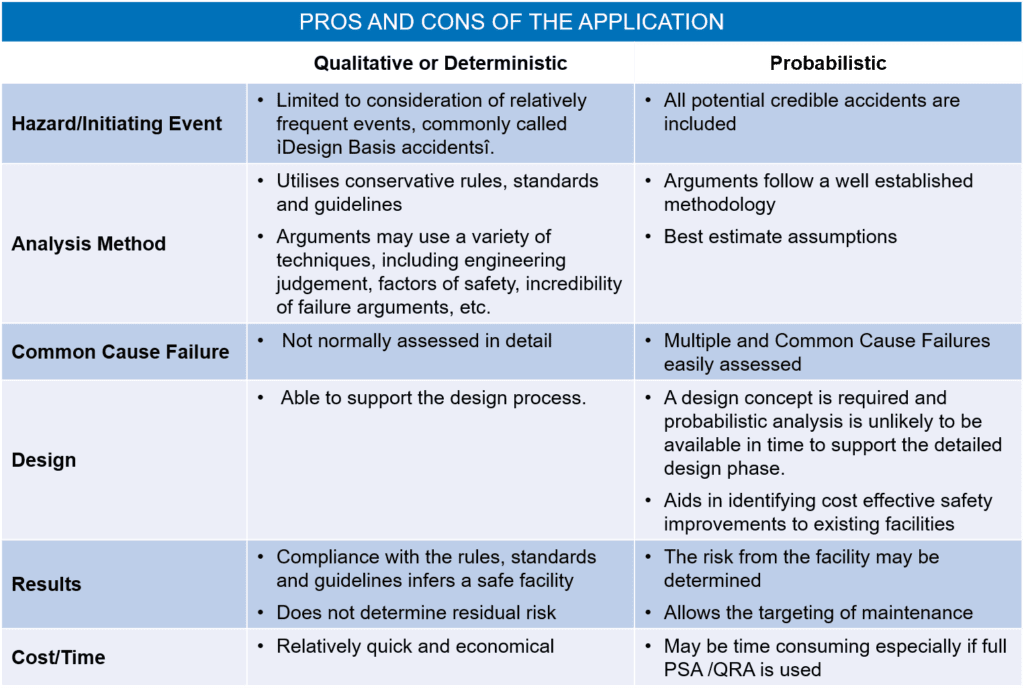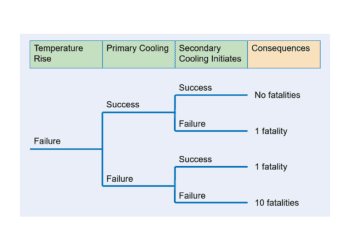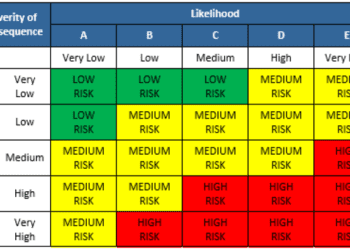Deterministic or probabilistic analysis?
The goal of safety assessment is to demonstrate that the risk associated with the construction, operation or decommissioning of any facility is at an acceptable level. One of the questions that people sometimes ask is, “which analysis techniques should be used to determine whether this goal is achieved?”
In essence, there are two main types of analysis which could be used:
Deterministic Analysis, which aims to demonstrate that a facility is tolerant to identified faults/hazards that are within the “design basis”, thereby defining the limits of safe operation.
Probabilistic Analysis, which aims to provide a realistic estimate of the risk presented by the facility. This can also be used to confirm the validity of the deterministic safety assessment.

In practice, modern safety assessments tend to make use of both deterministic and probabilistic techniques because of their complementary approaches.
FURTHER READING
Engineering Safety Management, Volumes 1 & 2, Fundamentals and Guidance, Issue 3, Railtrack, January 2000.
UK Offshore Operations Association, Industry Guidelines of a Framework for Risk Related Decision Support, Issue 1, April 1999.
HSE, Safety Assessment Principles for Nuclear Plants.
Reducing Risks, Protecting People, HSE.s Decision-Making Process, 2001.
This article first appeared in RISKworld Issue 1.








